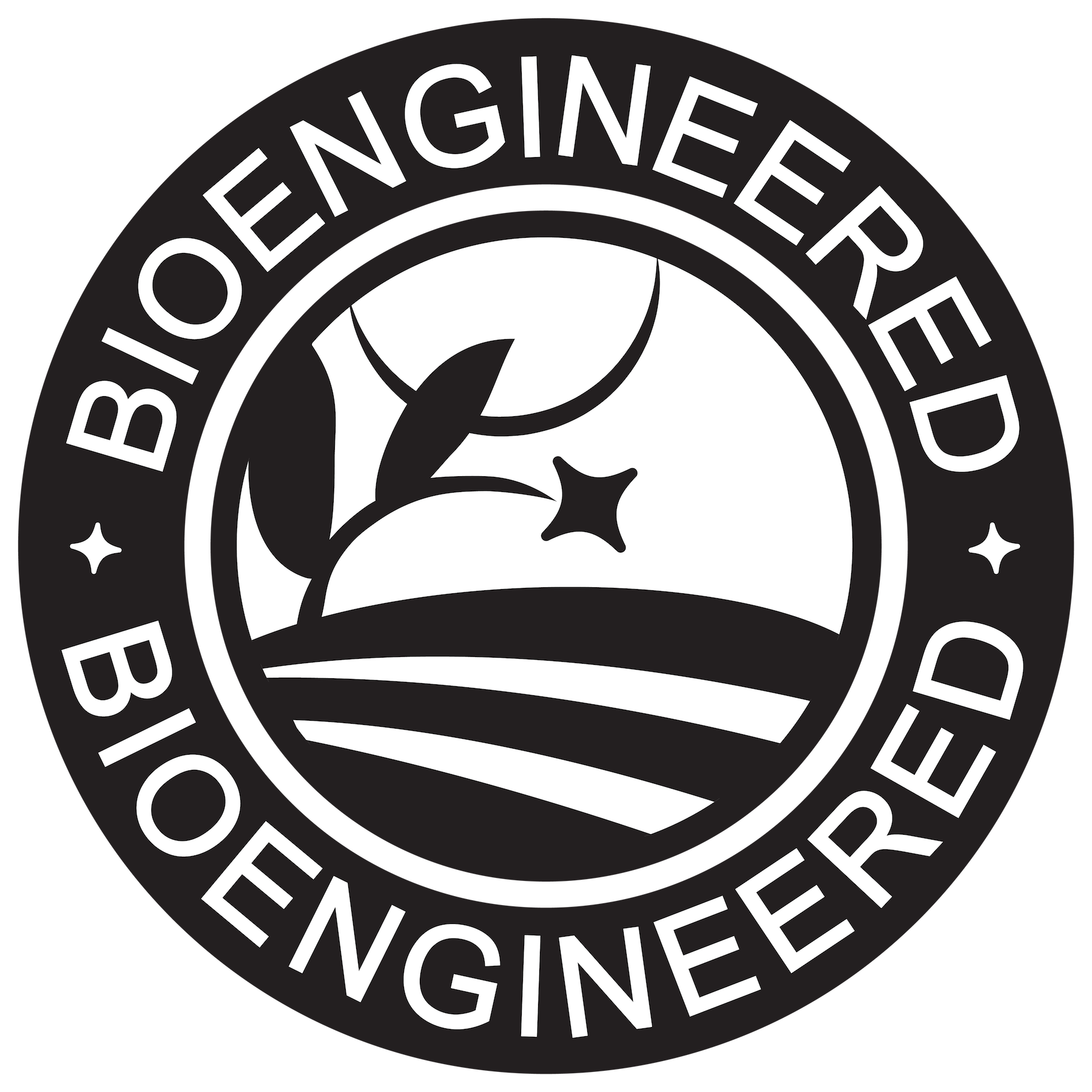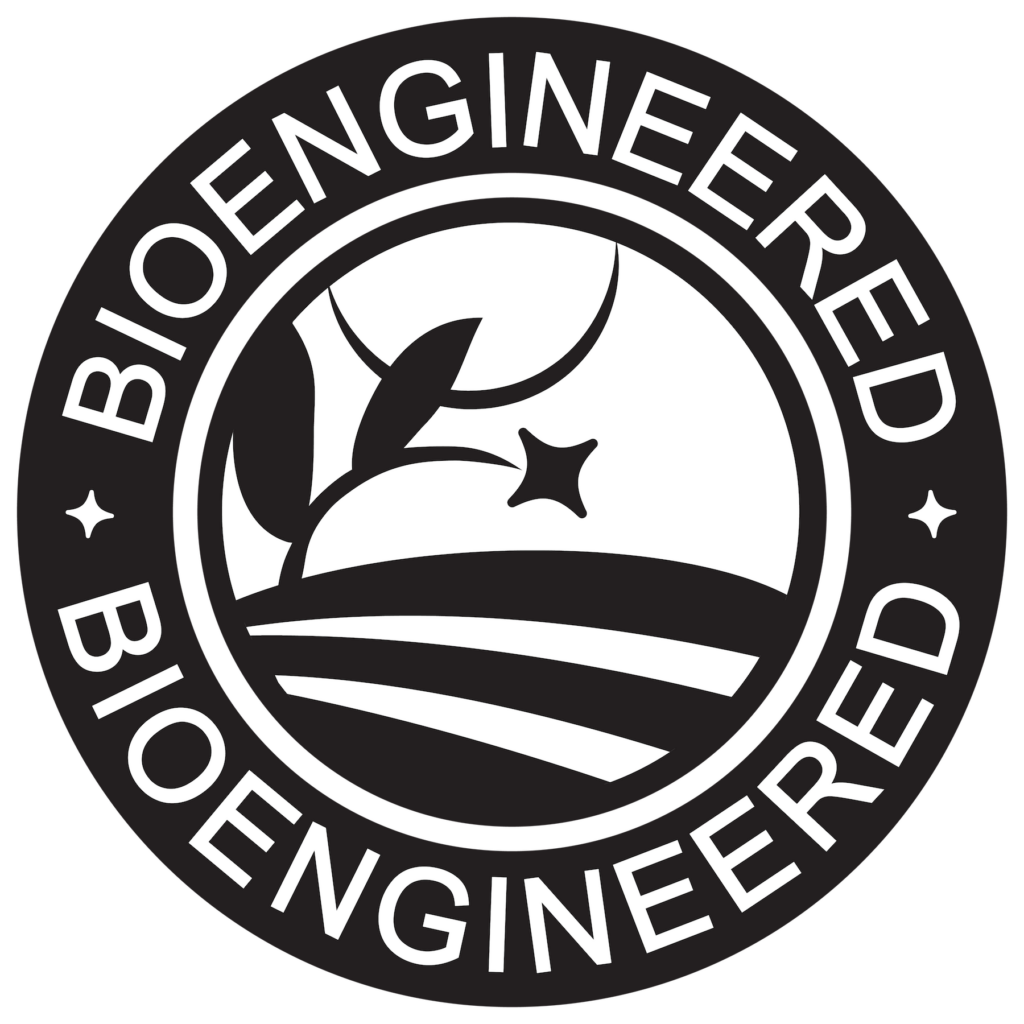The USDA released its final rule for labeling genetically modified (GM) foods in December, two-and-a-half years after Congress passed a federal labeling law.
In a significant win for organic, all certified organic products, including the label categories “100% Organic”, “Organic”, and “Made with Organic” are exempt from the labeling requirement. The exemption does not apply to products with less than 70 percent organically produced ingredients.
Very small food manufacturers, restaurants, and retailers who prepare food on-site are also exempt from the labeling rule. For the purpose of this rule, USDA defines a very small food manufacturer as one with annual receipts of less than $2.5 million.
The GM labeling rule adopts the FDA definition of “food” and so does not apply to GM-derived feeds for pets, poultry, or livestock; however, chewing gum does fall under the definition of food, as does raw produce, seafood, dietary supplements, and most prepared foods, such as breads, cereals, non-meat canned and frozen foods, snacks, desserts, and drinks.
An area of controversy in the new rule is its exemption of highly refined products—such as sugars, high fructose corn syrup, and many oils—if no traces of genetic material remain in the product after the refining process, even when derived from GM crops.
Another controversy is USDA’s allowance of electronic, scannable codes as adequate labels on GM foods. USDA acknowledges that not all consumers have access to the technology required to read these codes and requires that scannable codes be accompanied by a telephone number available 24 hours a day for consumers to call to access the same information that is included on the scannable label.
USDA chose the word “bioengineered” for the new label though the terms “genetically modified” and “genetically modified organism (GMO)” are in common usage and more widely understood by consumers than “bioengineered.” The new symbol for “bioengineered” includes the word “bioengineered” to help consumers understand what the symbol means.
USDA will maintain a list of GM foods that must be labeled, based on commercially produced GM crops in world trade. Currently, these foods are on the list: alfalfa, apple (Arctic™ varieties), canola, corn, cotton, eggplant (BARI Bt Begun varieties), papaya (ringspot virus-resistant varieties), pineapple (pink flesh), potato, salmon (AquAdvantage®), soybean, squash (summer), and sugarbeet.
The GM labeling rule establishes a threshold of 5% to account for inadvertent presence of GM material. This is much higher than the 0.9% threshold commonly used in international trade.
Businesses that will be regulated under the new rule are food manufacturers, importers, and retailers. Retailers are responsible for labeling bulk bins that contain foods subject to the disclosure.
The implementation date for the rule is January 1, 2020, for regulated entities other than small food manufacturers, which must implement by January 1, 2021. The rule sets January 1, 2022, as the mandatory compliance date for all regulated operations.
The full rule is available online.

Bioengineered symbol
